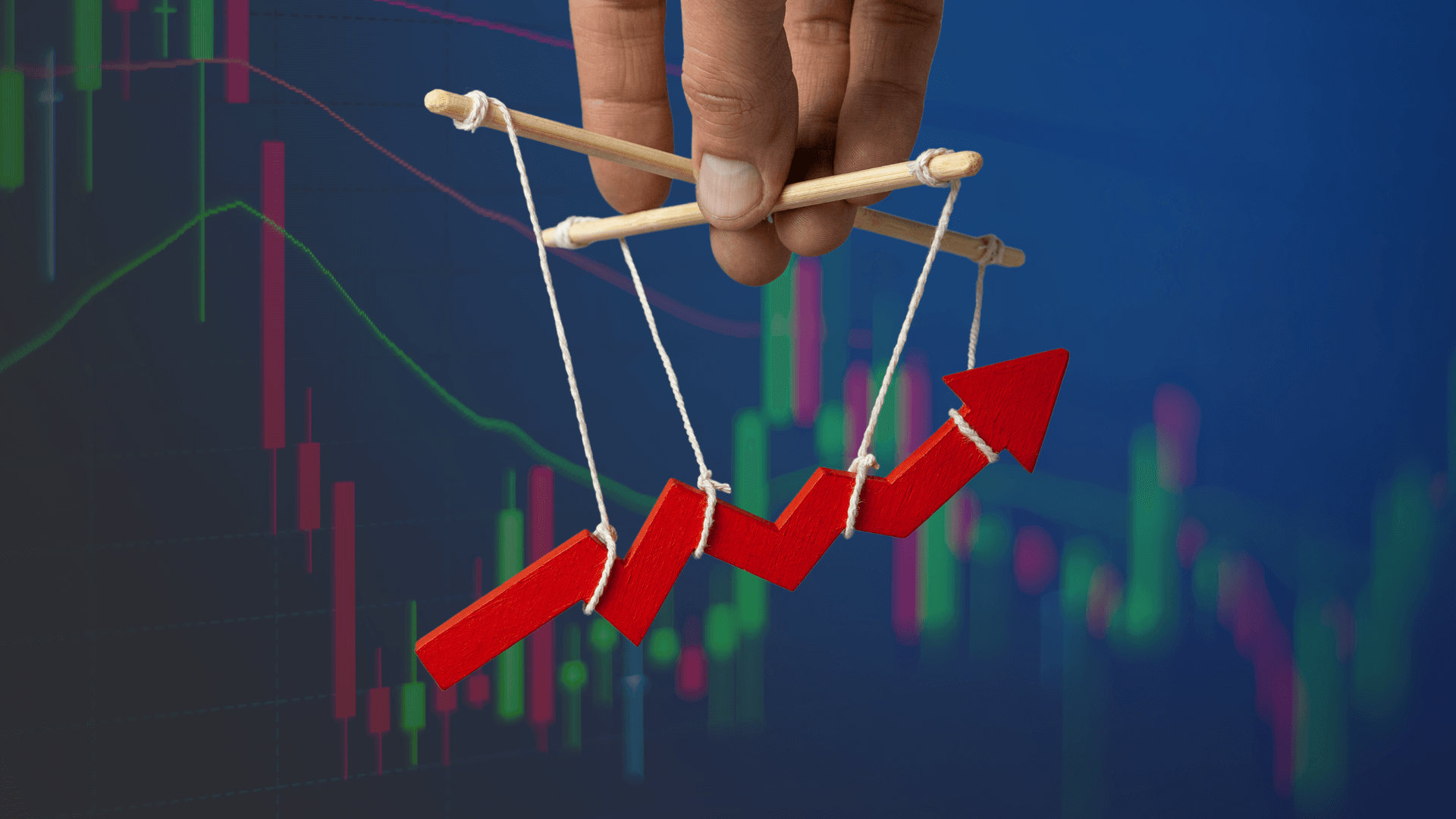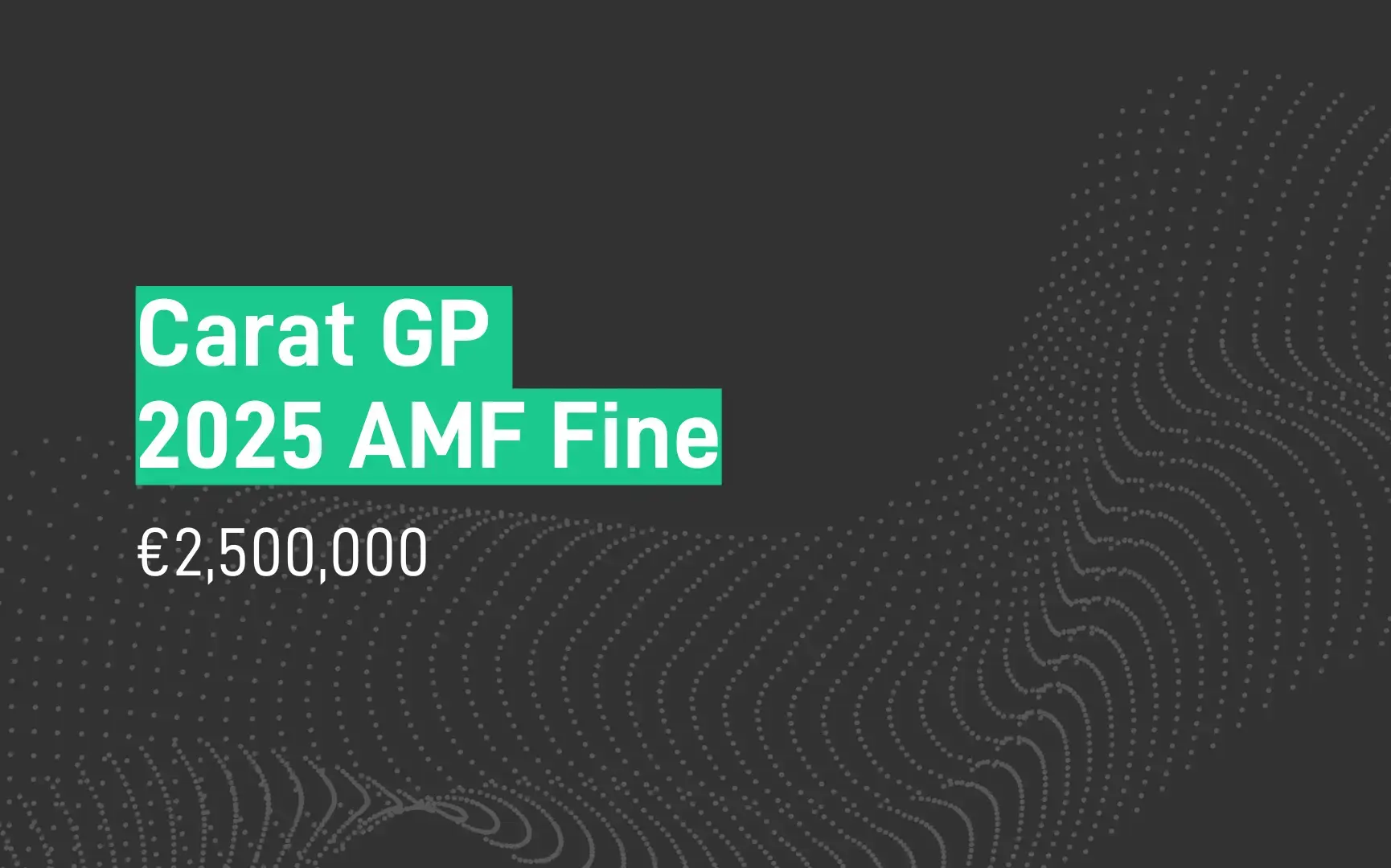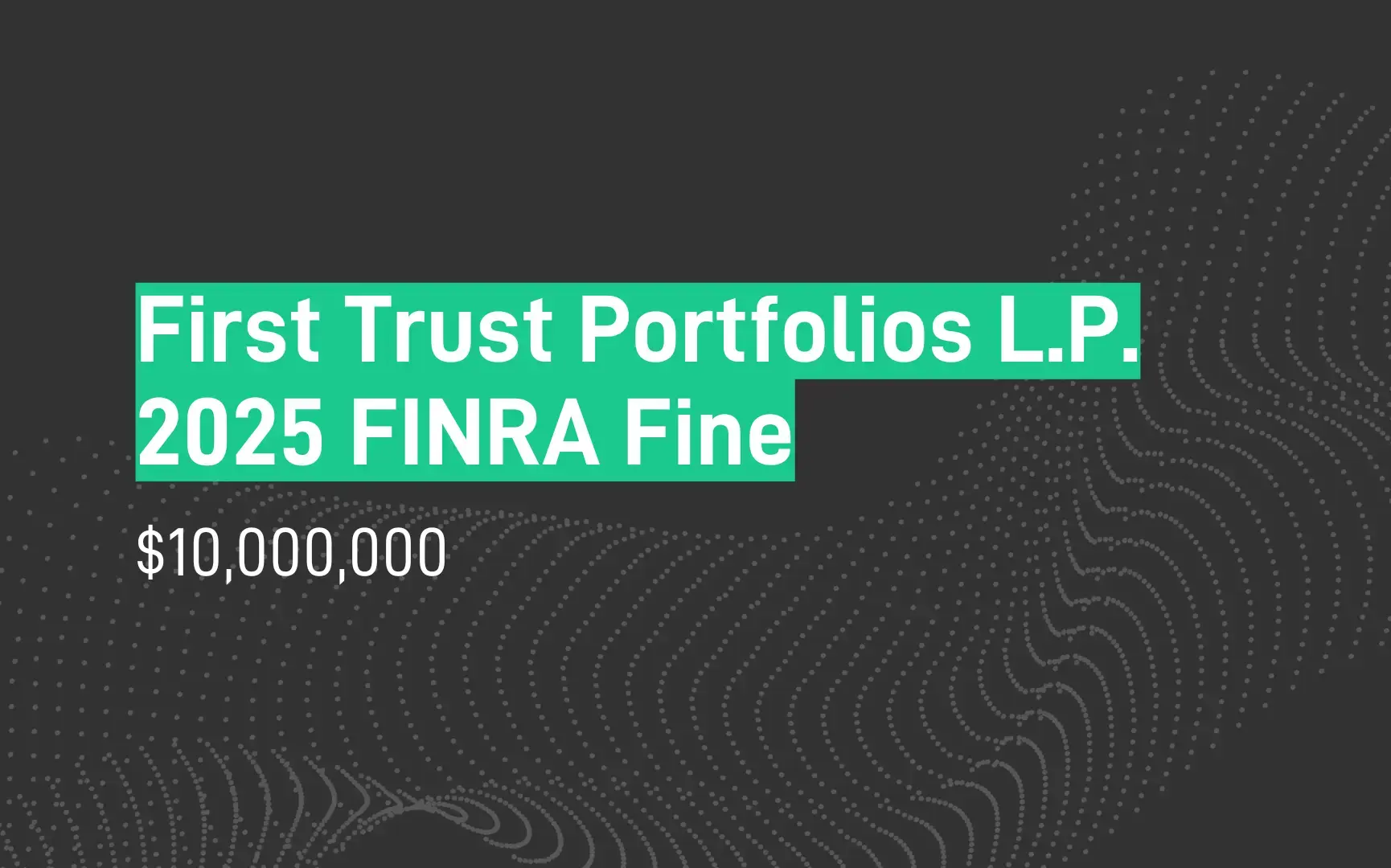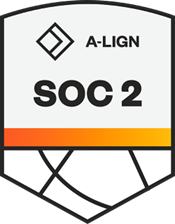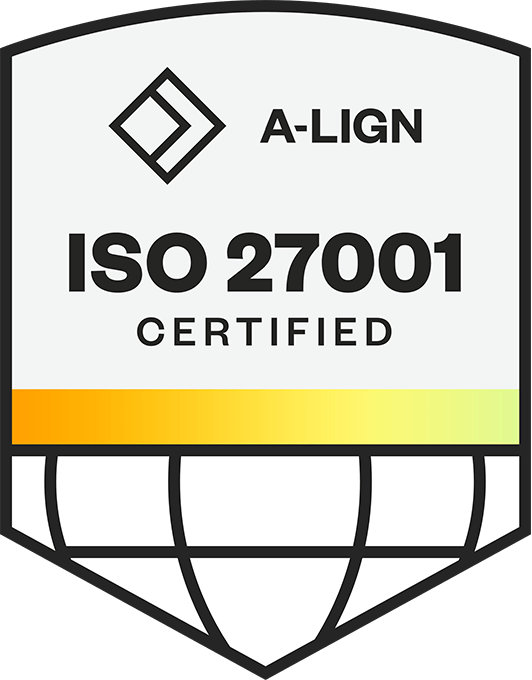Market Price Ramping is a form of market manipulation. It involves the trading of a significant portion of a financial instrument or derivative, driving the price either up or down, when there is no news or obvious reason for the activity. It is also known as Momentum Ignition.
Like other forms of market manipulation, Market Price Ramping is illegal, so firms need to implement compliance processes and technology to prevent, detect, and report instances of ramping to comply with regulatory requirements. This blog explores Market Price Ramping and discusses how financial firms can combat this form of financial crime. We will also delve into what Market Price Ramping entails, who conducts it, the regulatory landscape surrounding it, and why regulators are concerned.
Contents:
What is Market Price Ramping?
Market Price Ramping is a form of market manipulation. Typically, it constitutes the buying and selling of financial instruments or derivatives where the activity represents a substantial portion of the overall market activity, exceeding the usual demand and thereby influencing the market to move in the desired direction. Price change is the real objective of the behavior, and this price signal creates a trend that the market then follows. The trader takes advantage of the price movement to make a quick profit by selling an existing position on the instrument or a linked derivative.
Usually, Market Price Ramping is performed on instruments that have a smaller market capitalization or conducted at times when the trading liquidity is lower – again so that the manipulation can have maximum impact.
This strategy is also sometimes called Momentum Ignition – where a trading algorithm detects initial unusual volume and price movement in a financial instrument or derivative and builds on that with a series of transactions designed to accelerate or extend the price move, so that the firm can then cash in by selling its position.
Who conducts Market Price Ramping?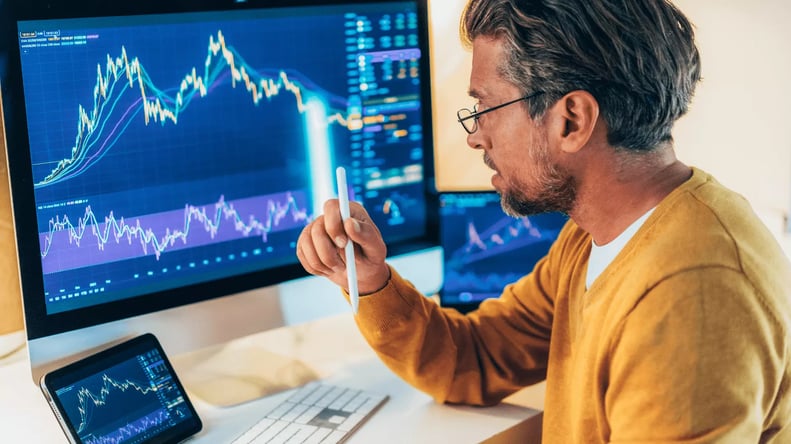
An individual trader can ‘ramp’ the price up by executing lots of trades on an exchange, and it can also be carried out between two or several traders that are colluding to manipulate the market. Algorithms can also be programmed to undertake Market Price Ramping or Momentum Ignition.
It is important that firms with trading operations take measures to reduce the risk that an employee conducts this form of market manipulation by using trade surveillance technology that can detect the combination of executions, price movements, and volume changes that can be indicative of Market Price Ramping.
What do the regulations say about Market Price Ramping?
Market Price Ramping is illegal as a form of market manipulation in most jurisdictions. In the EU, it falls under Article 12 1.(a)(i) in the Market Abuse Regulation. Additionally, Section 1.6 of UK MAR covers this activity in Great Britain. In the US, prohibition against Market Price Ramping is contained in Section 9(a)(2)[1] of the Securities Exchange Act of 1934.
Firms need to ensure that their employees are not engaging in this activity. They must also be confident that their trade surveillance system can capture Market Price Ramping as regulators are investigating firms' surveillance technologies to ensure they are effectively capturing risks. For example, in Market Watch 69 of May 2022, the UK Financial Conduct Authority (FCA) pointed out that some firms consider market abuse only at a high level and as a single risk. The regulator said firms were assessing only insider dealing and market manipulation without considering how different levels of risk might apply to different sub-categories of these, such as ramping.
Why are regulators concerned about Market Price Ramping?

Market Price Ramping has always been a popular form of market manipulation, targeting small-cap listings on exchanges.
In the US, the FINRA was so concerned that it issued an article to investors in March 2023 on Market Price Ramping. Previously, in November 2022, it warned firms about ramping schemes associated with small-cap IPOs. In Hong Kong, the Securities and Futures Commission (SFC) charged 24 people in April 2023 in connection with a vast Market Price Ramping scheme that produced HK$191 million in illegal gains by targeting the shares of six publicly listed companies.
However, Market Price Ramping has also been an issue long before this. In 2011, the UK FCA fined an individual more than £1 million for his part in such a market abuse scheme. In 2010, a firm was fined £4 million for its role in a Market Price Ramping scheme. In the case, the client who had ordered the trading was fined £2.8 million – which, at the time, was the highest individual penalty ever given. Additionally, in 2019, the US Securities and Exchange Commission (SEC) charged 18 traders in a Market Price Ramping scheme to manipulate more than 3,000 US-listed securities for over $31 million in illicit profits.
Regulatory bodies are also concerned that the implementation of a Momentum Ignition strategy could inadvertently trigger another disruptive event similar to the infamous “Flash Crash”.
What are THE best practices for the detection and prevention of Market Price Ramping?
To begin with, firms need to ensure that they have the right policies and compliance culture in place to prevent Market Price Ramping, Momentum Ignition, and other forms of market manipulation. Employees – particularly those in trade-related roles across the trade life cycle – should receive market manipulation training and be able to evidence their understanding of the firm’s rules.
Trading teams must conduct rigorous back-testing of their algorithms to safeguard against the risks of both intentional and unintentional engagement in Momentum Ignition or Market Price Ramping. It is crucial for firms to thoroughly test their algorithms to guarantee their suitability for deployment in the market.
In addition, firms should ensure that their trade surveillance technology platform specifically detects Market Price Ramping and Momentum Ignition strategies. Having the right model in place to uncover these forms of market manipulation – while keeping false positives to a minimum – can enable a firm to properly address this issue and comply with market manipulation rules.
As with all forms of market manipulation, a case of Market Price Ramping or Momentum Ignition at a firm can cause significant financial and reputational damage, which can be hard to recover from.
Firms need to have appropriate policies, training, and technology in place to detect, prevent and investigate these forms of market manipulation. Using a specific Market Price Ramping model within a trade surveillance solution will help ensure the firm complies with market manipulation rules and regulations.
How SteelEye can help

SteelEye has the expertise in big data and analytics to enable firms to combat different forms of market manipulation, including Market Price Ramping.
SteelEye’s trade surveillance model, “Ramping”, is designed to detect and alert firms to potential instances of Market Price Ramping and Momentum Ignition. By analyzing a sequence of orders placed throughout the trading day, the model assesses the significance of the trading activity relative to the overall market-traded volume. This allows the technology to identify scenarios where a small group of market participants may attempt to manipulate the price.
Also, if a case is detected, firms can investigate it efficiently by utilizing SteelEye’s Integrated Surveillance Platform. Firms can leverage features like the intelligent case manager, which brings together multidimensional data covering trades, orders, communications, and news to support investigations and decision-making in potential market manipulation events.
Turn Supervision into Super Vision
Contact our team of compliance experts to see our platform in action or to learn more about how we can help your firm gain a competitive advantage.
SPEAK WITH US TODAY

